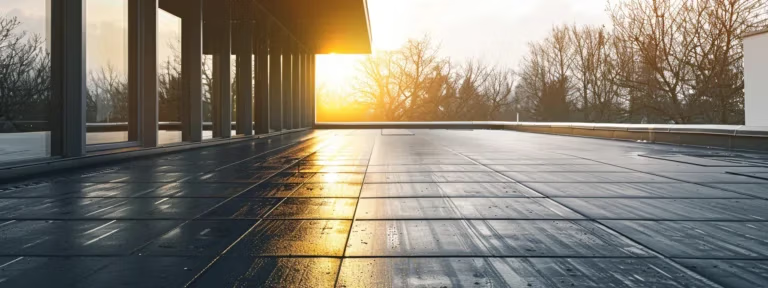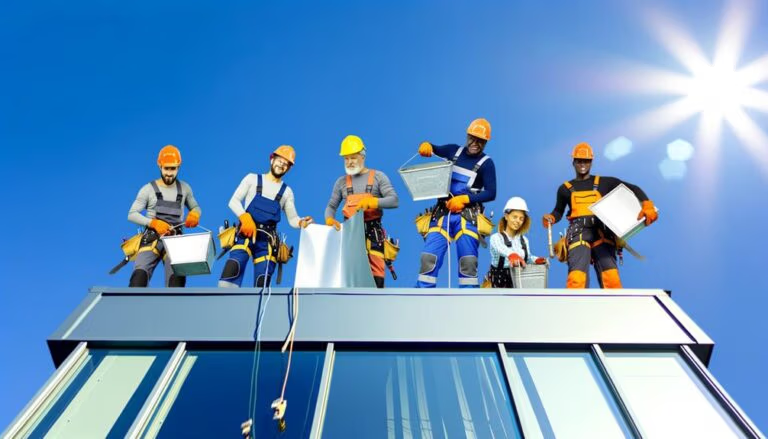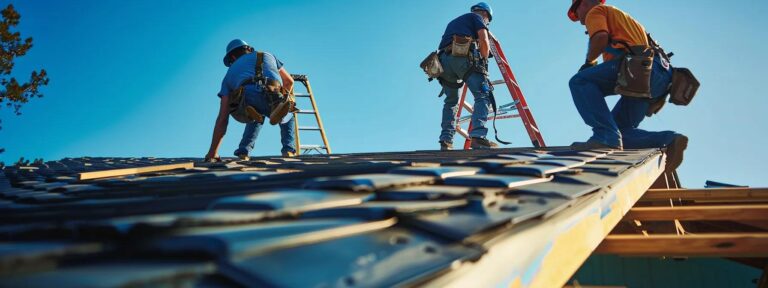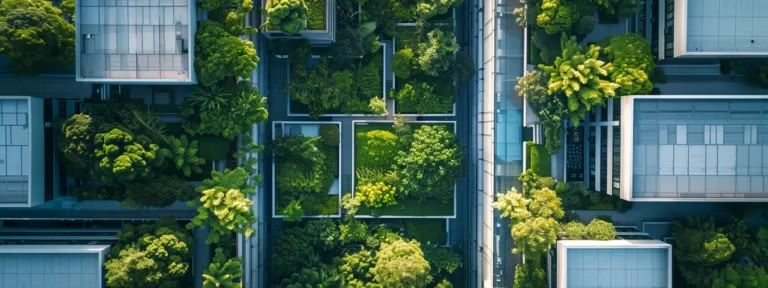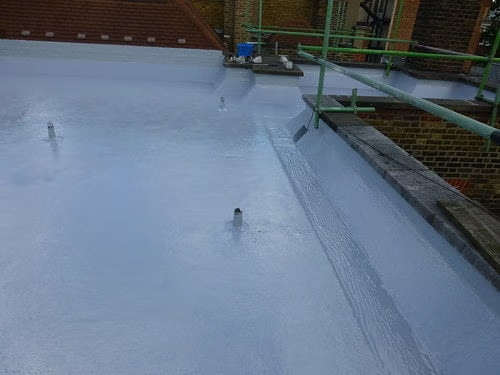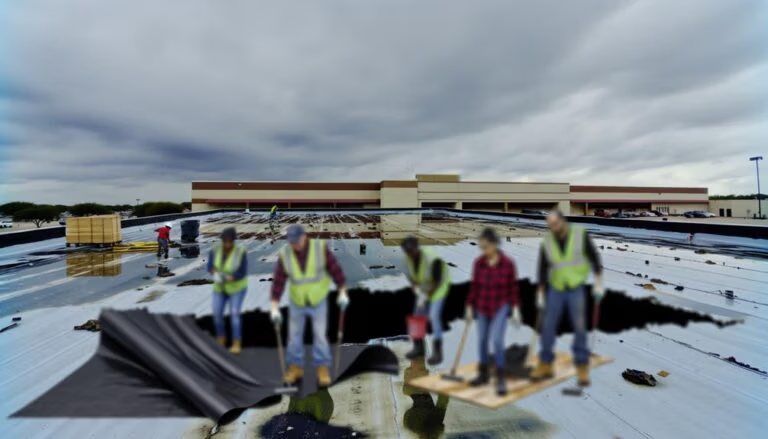Table Of Contents:
- Ensuring a Watertight Seal on EPDM Roofs
- What Is EPDM Roofing and Why Is a Watertight Seal Essential?
- How Do You Properly Install EPDM Roofing to Achieve a Watertight Seal?
- Which Sealants and Adhesives Are Best for Sealing EPDM Roofs?
- How Can You Maintain and Inspect EPDM Roofs to Preserve Watertight Seals?
- How Do You Identify and Repair Leaks on EPDM Roofs Effectively?
- How Does EPDM Compare to Other Roofing Materials in Terms of Waterproofing?
- What Are the Environmental and Durability Benefits of Properly Sealed EPDM Roofs?
- How Do You Identify and Repair Leaks on EPDM Roofs Effectively?
- Frequently Asked Questions
- Final Thoughts
Ensuring a Watertight Seal on EPDM Roofs
EPDM roofing is a key component in both commercial and residential systems, valued for its durability, flexibility, and cost-effectiveness. Many property owners often ask, “can you put epdm over epdm” when considering overlaying the material to extend the roof’s life. As a synthetic rubber membrane, EPDM (ethylene propylene diene monomer) performs well in harsh climates, protecting structures from extreme temperatures, ultraviolet radiation, and hail damage.
However, to maximize its lifespan and performance, a proper watertight seal must be achieved. Inadequate sealing can lead to leaks, water damage, and costly repairs that compromise roof integrity.
This guide explains the importance of watertight seals in EPDM roofing. It outlines the benefits of EPDM membranes, describes the installation process to ensure a seamless seal, reviews the best sealants and adhesives, and details maintenance and repair techniques.
The goal is to equip homeowners and business owners—especially in the Minneapolis-Saint Paul area—with the knowledge to secure their roofs against water infiltration, ensuring long-term protection and peace of mind.
Through a detailed explanation supported by industry best practices, this guide empowers you to make informed decisions about EPDM roofing. Whether you are installing a new roof or planning maintenance, understanding how to achieve and maintain a watertight seal is essential.
Transitioning now to the main aspects, we begin with an in-depth look at what EPDM roofing is and why a reliable seal is critical.
What Is EPDM Roofing and Why Is a Watertight Seal Essential?
EPDM roofing is a synthetic rubber membrane widely used on flat or low-slope roofs due to its excellent resistance to UV rays, ozone, and extreme temperatures. A watertight seal is critical because even a small gap or improper adhesion can lead to leaks, water infiltration, and structural damage. Water can damage insulation, cause mold, and deteriorate the roof’s underlayment, leading to higher energy costs and expensive repairs.
What Are the Key Benefits of EPDM Roofing Membranes?
EPDM membranes are known for durability, flexibility, and ease of installation. They resist weathering, often lasting up to 30 years with proper maintenance, and work well with various insulation materials. Being chemically inert and environmentally friendly, EPDM is a sustainable option.
Its excellent elasticity allows EPDM to absorb and distribute stresses from thermal expansion and contraction, reducing the risk of cracks. Combined with quality adhesives and sealants, EPDM forms a continuous barrier that effectively repels water.
How Does a Watertight Seal Protect Your EPDM Roof?
A watertight seal prevents water from becoming trapped under the membrane, avoiding issues like rot, mold, and deterioration of structural components. It also helps maintain thermal insulation, improving energy efficiency by reducing additional heating or cooling demands.
The sealing process involves aligning and bonding the seams so that they form an unbroken layer. Proper application of sealants and adhesives creates a chemical and physical bond that resists wind, thermal movement, and mechanical stress. Studies indicate that properly sealed EPDM roofs can reduce water penetration by up to 99%.
What Are Common Issues Caused by Poor Sealing on EPDM Roofs?
Common problems from poor sealing include seam separation, blistering, and adhesive degradation. When sealants are not applied properly or substrates are unprepared, tiny gaps allow water to seep in. Over time, repeated moisture intrusion can damage both the EPDM membrane and underlying layers, resulting in premature roof failure and costly repairs. Inadequate sealants may also fail under extreme weather conditions.
How Do You Properly Install EPDM Roofing to Achieve a Watertight Seal?
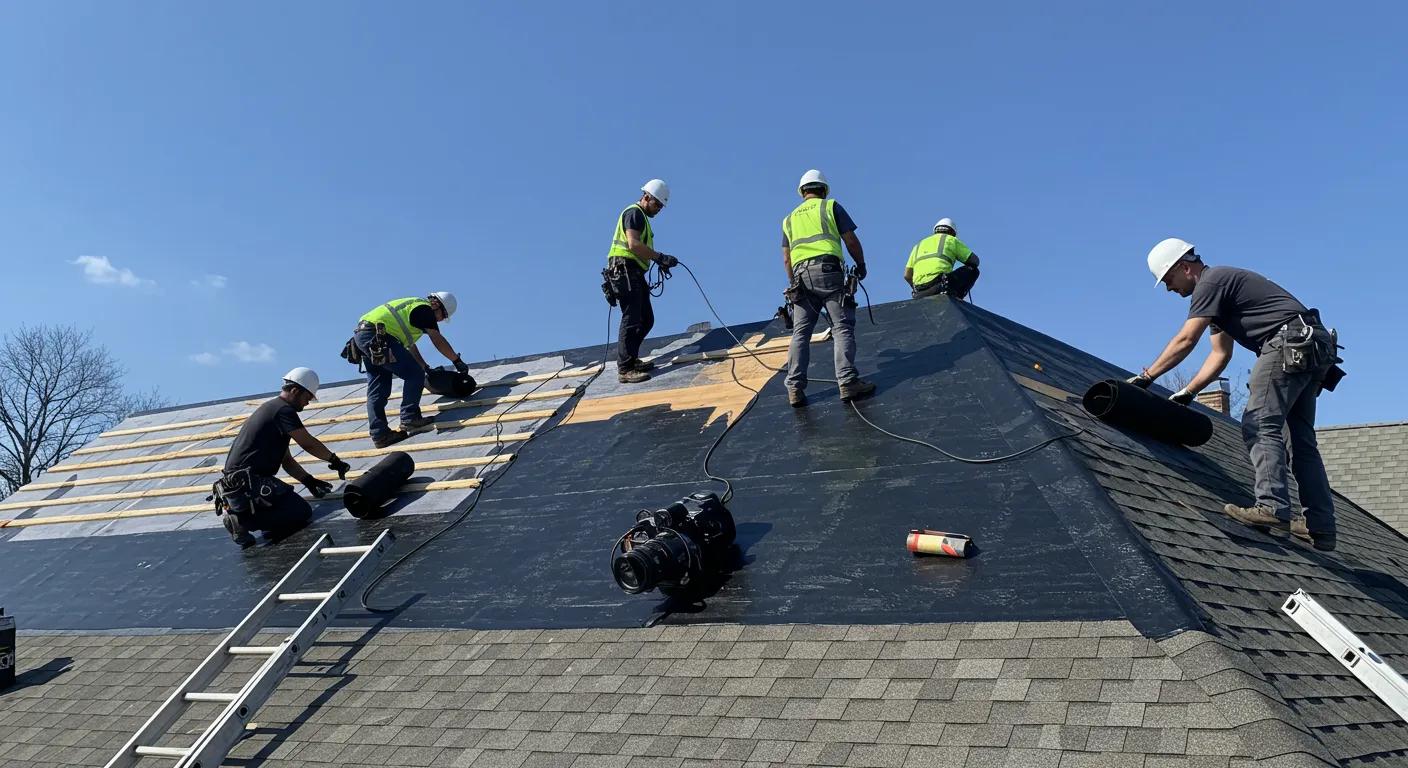
Proper EPDM installation is a multi-step process that begins with cleaning and inspecting the substrate to remove debris, moisture, and old materials. A primer is then applied to enhance adhesion between the substrate and the EPDM membrane. A watertight seal is achieved through mechanically anchored systems and high-quality adhesives along the seams and perimeters.
What Materials Are Needed for EPDM Roof Installation?
Essential materials include: • The EPDM membrane • Primers and specialized EPDM adhesives • Seam tapes and sealants • Substrate adhesive, rollers, utility knives • Reinforcement materials such as insulation boards • Flashing materials to cover intersections and penetrations • Cleaning supplies
Using manufacturer-recommended products and following technical data sheets is crucial to ensure long-term performance. Environmental conditions like temperature and humidity also impact adhesive performance; thus, local building codes must be strictly followed.
What Are the Step-by-Step EPDM Installation Procedures?
The installation process involves:
Cleaning and preparing the substrate.
Applying a uniform layer of primer.
Unrolling the EPDM membrane and allowing it to relax to prevent wrinkles.
Measuring and cutting the membrane to fit the roof with adequate overlaps.
Applying adhesive to both the substrate and the underside of the membrane to eliminate weak spots.
Using a roller to press the membrane onto the roof and remove air pockets.
Reinforcing seams with seam tapes and extra adhesive.
Sealing perimeters and flashing areas with generous application of sealant.
Conducting a comprehensive inspection to ensure uniform bonding.
How Do You Apply Seam Sealing Techniques on EPDM Roofs?
Seam sealing involves joining overlapping sections with specialized seam tapes and adhesives. The steps include: • Thoroughly cleaning the seam area. • Applying a generous amount of adhesive to both sides of the seam. • Pressing the seam tape into place without trapping air bubbles. • Adding a bead of high-quality sealant along the seam edges for extra protection.
This process is critical to prevent future leakage problems.
How Is Flashing Installed to Prevent Water Penetration?
Flashing is used around roof penetrations, edges, and joints to divert water away from vulnerable areas. It is installed by: • Cutting the flashing to fit the roof edges. • Securing it with adhesive and mechanical fasteners. • Overlapping the flashing components strategically to ensure water flows over them. • Applying extra sealant around skylights or vents to bridge any gaps.
Proper flashing installation is vital to keeping the roof watertight.
Which Sealants and Adhesives Are Best for Sealing EPDM Roofs?
The success of an EPDM roofing system depends on selecting the right sealants and adhesives that can withstand UV radiation, thermal expansion, and extreme weather.
What Types of EPDM-Compatible Sealants Are Available?
Common types include: • Silicone-based sealants, known for high flexibility and durability. • Polyurethane-based sealants, offer strong adhesion and chemical resistance. • Specialized EPDM adhesives and water-based options that are more eco-friendly.
These products cure quickly while maintaining elasticity to ensure joints and seams remain securely bonded.
How Do You Choose the Right Adhesive for EPDM Membranes?
Choosing an adhesive involves assessing: • Compatibility with the EPDM material. • Curing time and bond strength. • Resistance to environmental factors. Adhesives formulated for synthetic rubber and tested for long-term performance (over 20 years) are recommended. Following manufacturer guidelines and technical data sheets is essential.
What Are the Application Tips for EPDM Sealants and Adhesives?
• Always clean and prepare the surface thoroughly to remove dirt and old adhesives. • Use a primer if recommended. • Apply adhesive in a consistent, even layer with a notched trowel or roller to avoid air bubbles. • For seam sealing, work in small sections and use seam tapes with extra adhesive. • Adhere to recommended curing times and avoid applying heat unless directed. • Finish by applying a final bead of sealant along joints and penetrations.
To illustrate, the table below compares key attributes of different sealants and adhesives:
How Can You Maintain and Inspect EPDM Roofs to Preserve Watertight Seals?
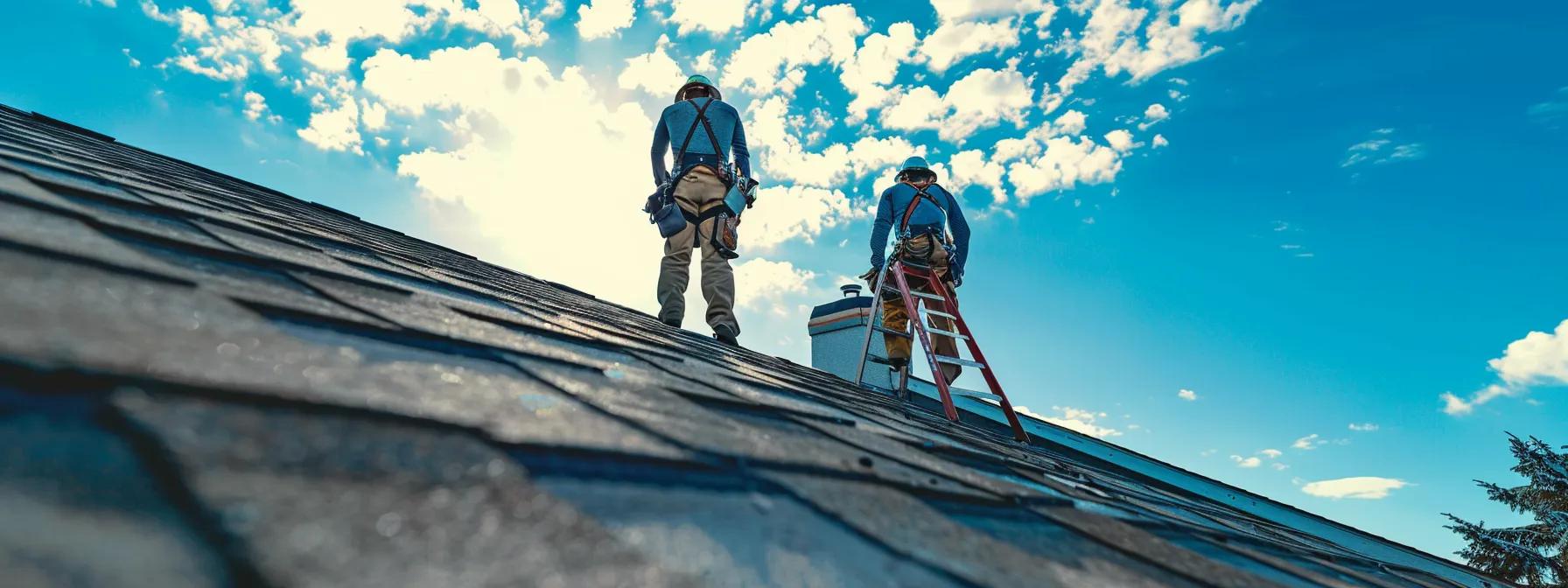
Regular maintenance and inspection are key to preserving the watertight seal of an EPDM roof. Over time, weather exposure, foot traffic, and wear necessitate periodic cleaning and repairs.
What Are the Recommended EPDM Roof Cleaning Methods?
For cleaning: • Use a soft-bristled brush or low-pressure power washer to remove debris (leaves, dirt, bird droppings). • Use a mild detergent formulated for EPDM to avoid chemical damage. • Avoid abrasive tools that might scratch the surface. • Rinse thoroughly and allow the roof to dry before repairs.
Biannual cleaning (spring and fall) is advised, though more frequent cleaning may be needed in urban areas.
How Do You Inspect EPDM Roofs for Leaks and Damage?
Inspection techniques include: • Visual checks for blistering, cracking, seam separation, and peeling edges. • Using moisture meters to detect hidden leaks, especially in high-traffic areas or near penetrations. • Documenting findings with photographs and notes to track changes over time. • Periodic use of thermographic imaging can expose temperature variations indicative of moisture intrusion.
What Maintenance Practices Extend the Lifespan of EPDM Roof Seals?
Effective practices include: • Routine cleaning and inspections. • Reinforcing vulnerable seams and flashing areas by reapplying adhesive or sealant at the first sign of deterioration. • Managing foot traffic by installing walkways or designated paths to avoid stressing the membrane. • Periodic membrane rejuvenation treatments every 5 to 7 years to restore elasticity and seal minor cracks. • Keeping detailed maintenance records for warranty and contractor reference.
Below is a table summarizing cleaning tools, inspection methods, and maintenance practices:
How Do You Identify and Repair Leaks on EPDM Roofs Effectively?
Timely leak repair is critical to maintaining a watertight EPDM roof. Regular monitoring and swift action keep minor leaks from becoming major problems.
What Are the Common Causes of EPDM Roof Leaks?
Leaks typically result from: • Improper installation or poor adhesive application leading to weak seam bonds. • Mechanical damage from foot traffic or falling debris that punctures the membrane. • Natural aging causing brittleness and crack formation. • Weather extremes (intense heat or prolonged cold) that stress the bonds. • Deterioration of flashing or sealants around vent penetrations.
How Do You Patch and Seal Leaks on EPDM Roofs?
To repair a leak: 1. Clean the affected area thoroughly to remove dirt and old sealant. 2. Cut an EPDM patch that matches the thickness and texture of the existing roof. 3. Apply a high-strength EPDM adhesive and press the patch firmly to avoid air pockets. 4. Apply a bead of sealant around the patch edges to secure a watertight barrier. 5. Allow the repair to cure fully before subjecting the area to foot traffic or adverse weather.
When Should You Call a Professional for EPDM Roof Leak Repair?
DIY repairs work for isolated, minor issues; however, call a professional if: • The leak is extensive or covers multiple areas. • The source of the leak is not easily identifiable. • Previous repairs have failed. • The roof is difficult to access or there is suspected structural damage. Professionals use tools like infrared cameras and moisture meters to provide a comprehensive repair solution.
The table below summarizes leak causes, repair methods, and advice:
How Does EPDM Compare to Other Roofing Materials in Terms of Waterproofing?
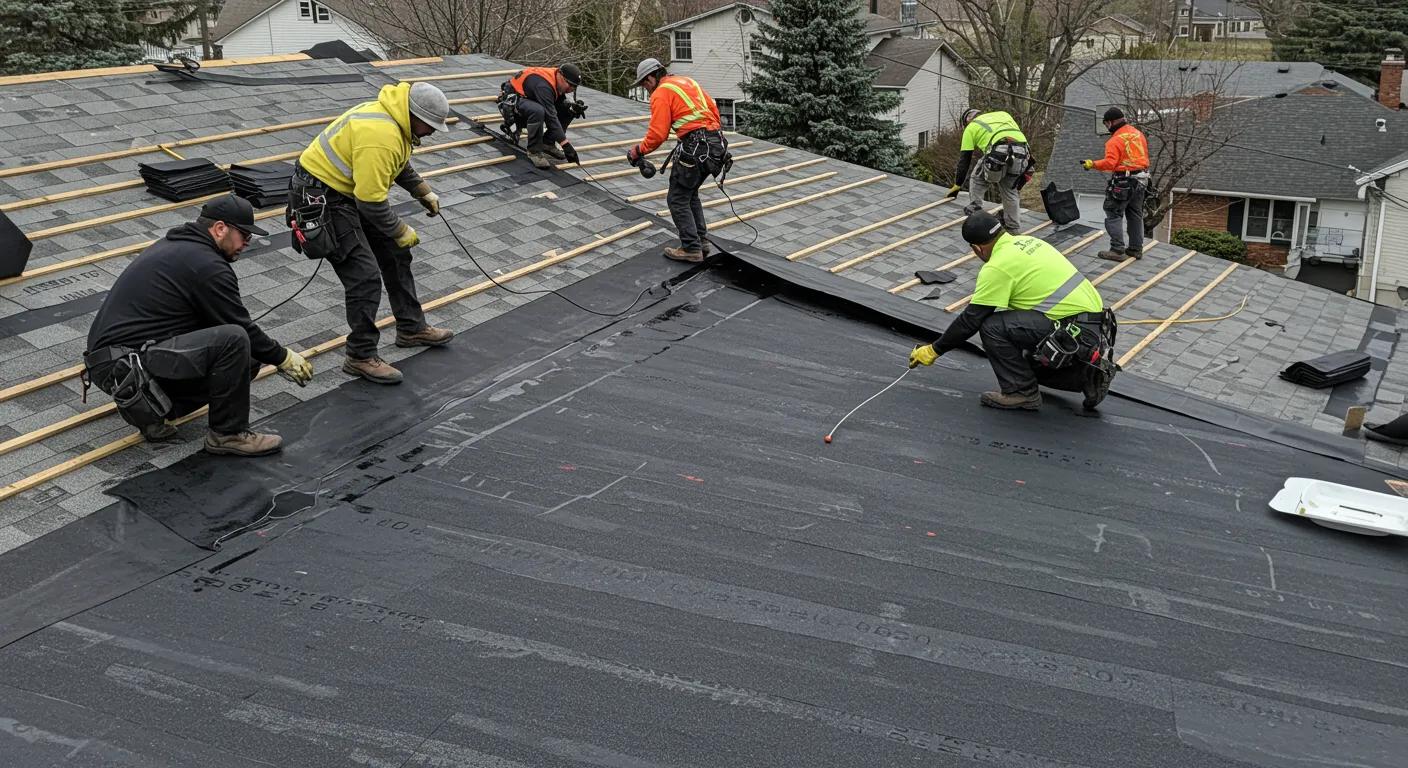
Comparing EPDM with other roofing materials shows its distinct advantages in waterproofing, durability, and cost-effectiveness.
What Are the Waterproofing Advantages of EPDM vs. TPO Roofing?
EPDM is known for its seamless, adhesive-bonded installation that provides a continuous waterproof barrier. Unlike TPO, which relies on heat-welded seams that require precise application, EPDM’s method is more forgiving under varying weather conditions. Its resistance to UV degradation and thermal cycling ensures long-term performance with up to 99% resistance to water penetration.
How Does EPDM Roofing Perform Compared to Asphalt Shingles?
While asphalt shingles are widely used, they rely on overlapping layers that can degrade over time, leading to potential leaks. EPDM, however, forms a single continuous layer that resists moisture penetration more effectively. Its durability often exceeds that of asphalt shingles, which typically last 15–20 years, whereas EPDM roofs can last 25–30+ years. This longer lifespan, coupled with lower maintenance, offers significant cost and energy efficiency advantages.
What Makes EPDM More Cost-Effective for Watertight Sealing?
Although EPDM roofing may have a higher initial cost, its durability and minimal maintenance requirements reduce long-term expenses. Its ability to maintain a watertight seal minimizes repair costs and energy losses, while its lightweight nature can reduce structural support costs. Overall, fewer repairs and longer lifespan translate into substantial long-term savings.
Below is a comparison table:
What Are the Environmental and Durability Benefits of Properly Sealed EPDM Roofs?
A correctly sealed EPDM roof not only protects against water but also offers long-term environmental and durability benefits.
How Does Proper Sealing Enhance EPDM Roof Lifespan?
A continuous, well-maintained seal prevents water penetration, reducing issues from freeze-thaw cycles and moisture collection that cause blistering and cracking. With proper sealing, EPDM roofs can achieve a lifespan of up to 30 years with minimal repairs, reducing the frequency and scale of maintenance tasks.
What Are the Sustainability Advantages of EPDM Roofing?
EPDM is highly recyclable and its extended lifespan minimizes the need for frequent roof replacements. Its reflective properties improve energy efficiency by reducing heat absorption, thereby lowering cooling costs. The manufacturing process often uses recycled materials, contributing to a lower overall environmental impact.
How Does Watertight Sealing Reduce Long-Term Repair Costs?
A robust seal prevents moisture from reaching critical components, reducing risks of mold growth, wood rot, and corrosion. This not only saves on future repair costs but also reduces potential insurance claims. Predictable, lower maintenance leads to long-term economic and environmental benefits.
The table below summarizes these benefits:
How Do You Identify and Repair Leaks on EPDM Roofs Effectively?
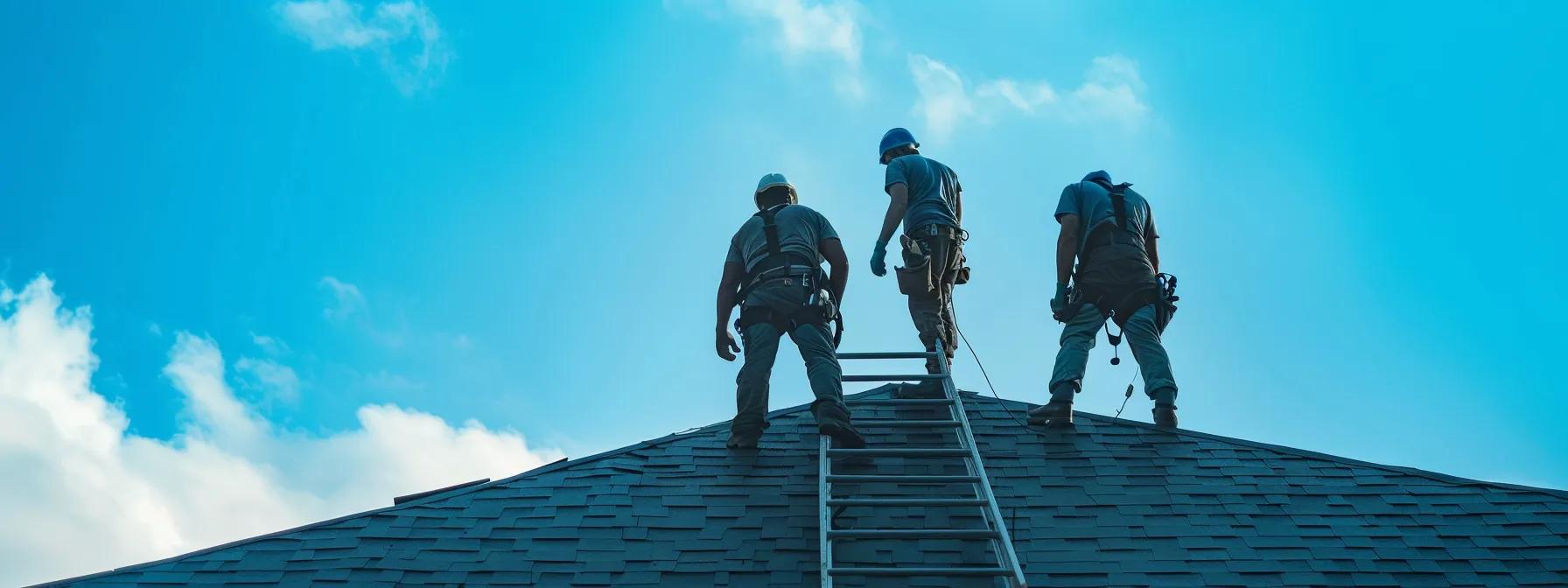
Identifying and repairing leaks quickly is vital for maintaining a watertight EPDM roof.
What Are the Common Causes of EPDM Roof Leaks?
Leaks can occur due to: • Improper installation or inadequate adhesion leading to seam failures • Mechanical damage from foot traffic or falling debris • Natural aging of the material, causing brittleness and cracks • Weather extremes stressing the membrane • Deterioration of flashing or sealants around penetrations
How Do You Patch and Seal Leaks on EPDM Roofs?
To repair a leak: 1. Clean the area thoroughly to remove dirt and old sealant. 2. Cut an EPDM patch that matches the existing membrane’s thickness. 3. Apply a high-strength adhesive and firmly press the patch without air pockets. 4. Seal the patch edges with an extra bead of sealant. 5. Allow full curing before exposing the repair to traffic or weather.
When Should You Call a Professional for EPDM Roof Leak Repair?
DIY repairs are feasible for minor, isolated leaks. Call a professional if: • The leak is extensive or recurs frequently • The source is hard to identify • Previous repairs have failed • The roof is difficult to access or there is suspected structural damage Professionals use tools like infrared cameras and moisture meters to pinpoint issues accurately.
Frequently Asked Questions
Q: What makes EPDM roofing particularly effective for waterproofing? A: Its seamless installation, high flexibility, and resistance to UV and extreme temperatures create a continuous bond using specialized adhesives and sealants, thereby preventing water infiltration.
Q: How often should an EPDM roof be inspected for leaks? A: At least once a year and after significant weather events to catch early signs of wear, seam separation, or potential leaks.
Q: Can I repair small leaks on my EPDM roof myself? A: Yes, with the proper EPDM patching kit. However, for widespread or more complex leaks, it is best to hire a professional.
Q: How does proper maintenance extend the lifespan of an EPDM roof? A: Regular cleaning, inspections, and timely repairs prevent minor issues from developing into major failures, extending the roof’s service life—often up to 30 years.
Q: Are EPDM roofs environmentally friendly? A: Yes, they are recyclable, energy efficient, and require fewer repairs and replacements, thereby reducing waste and environmental impact.
Q: How do EPDM roofs compare in cost-effectiveness with traditional materials? A: Although the initial cost may be higher, EPDM’s longer lifespan, lower maintenance requirements, and superior durability result in significant long-term savings.
Q: What are the key benefits of a professionally installed watertight EPDM roof? A: Professional installation ensures every seam is sealed, flashings are properly applied, and the membrane adheres correctly, delivering enhanced water resistance, durability, and long-term cost efficiency.
Final Thoughts
EPDM roofing provides a reliable watertight seal that ensures durability, cost efficiency, and environmental sustainability. By following proper installation methods, using the correct adhesives and sealants, and engaging in regular maintenance and inspection, you can protect your roof against harsh weather and water infiltration. A well-executed watertight seal not only enhances performance but also safeguards your property. With the strategies and best practices in this guide, you are equipped to maintain a resilient EPDM roof that stands the test of time.

